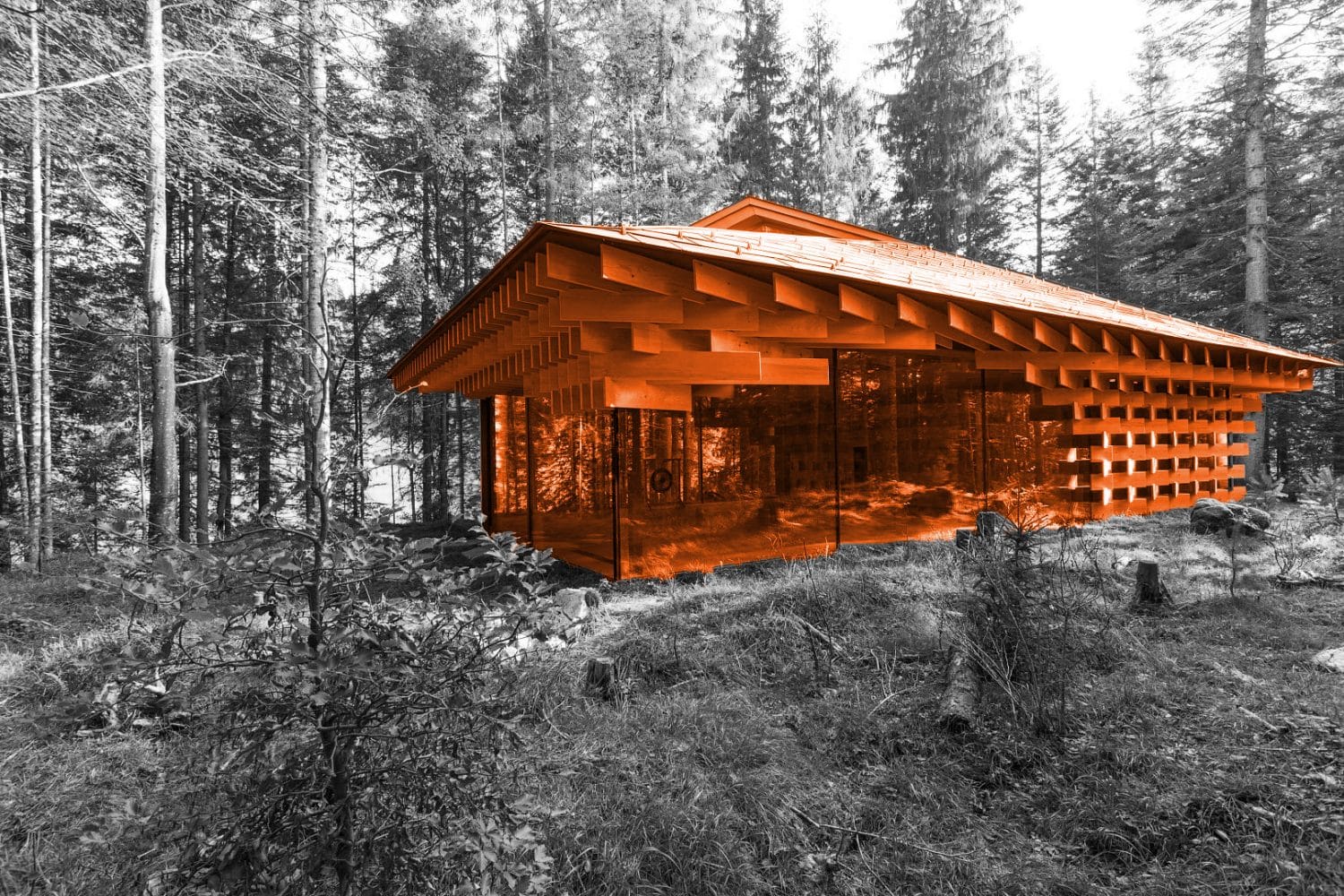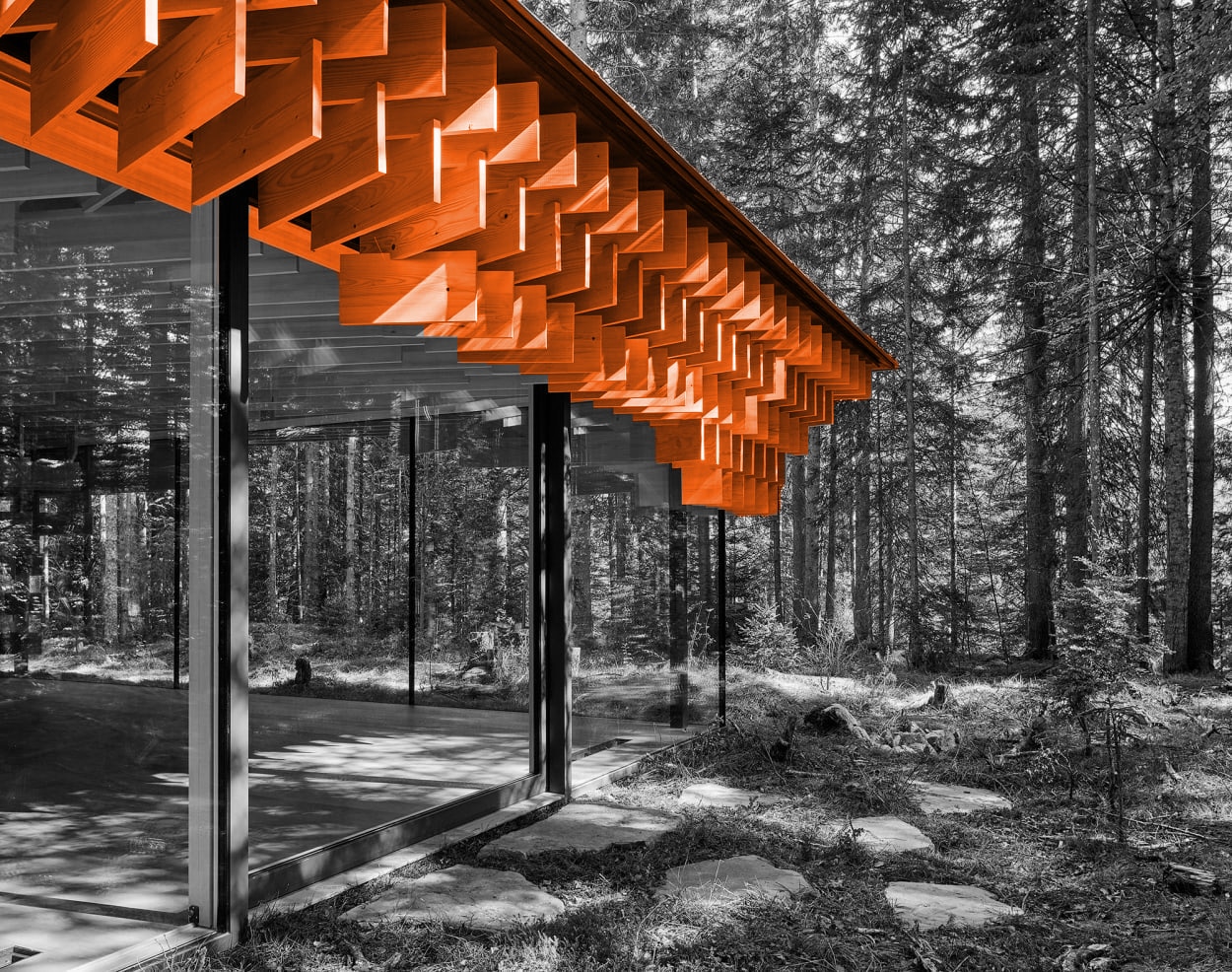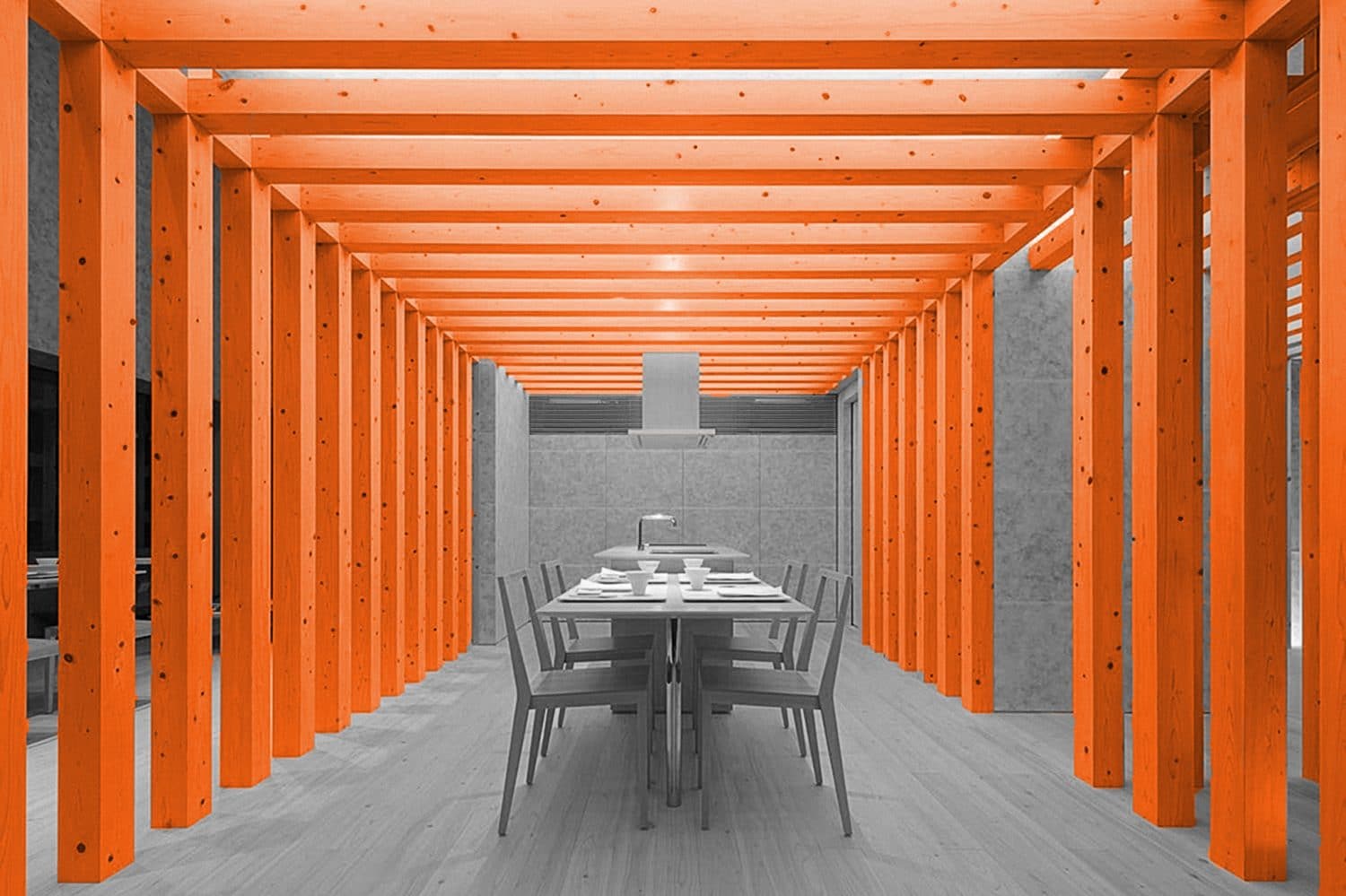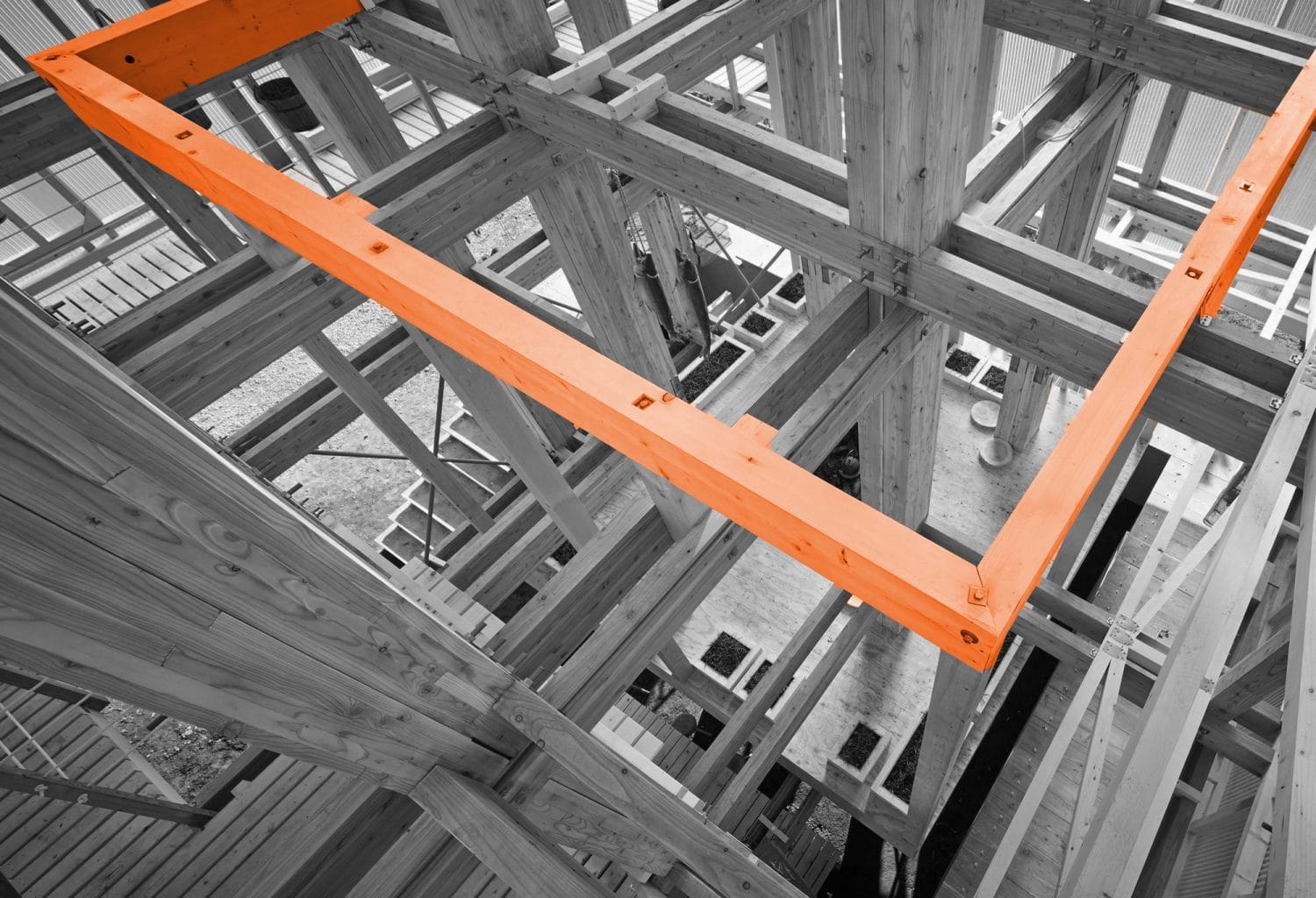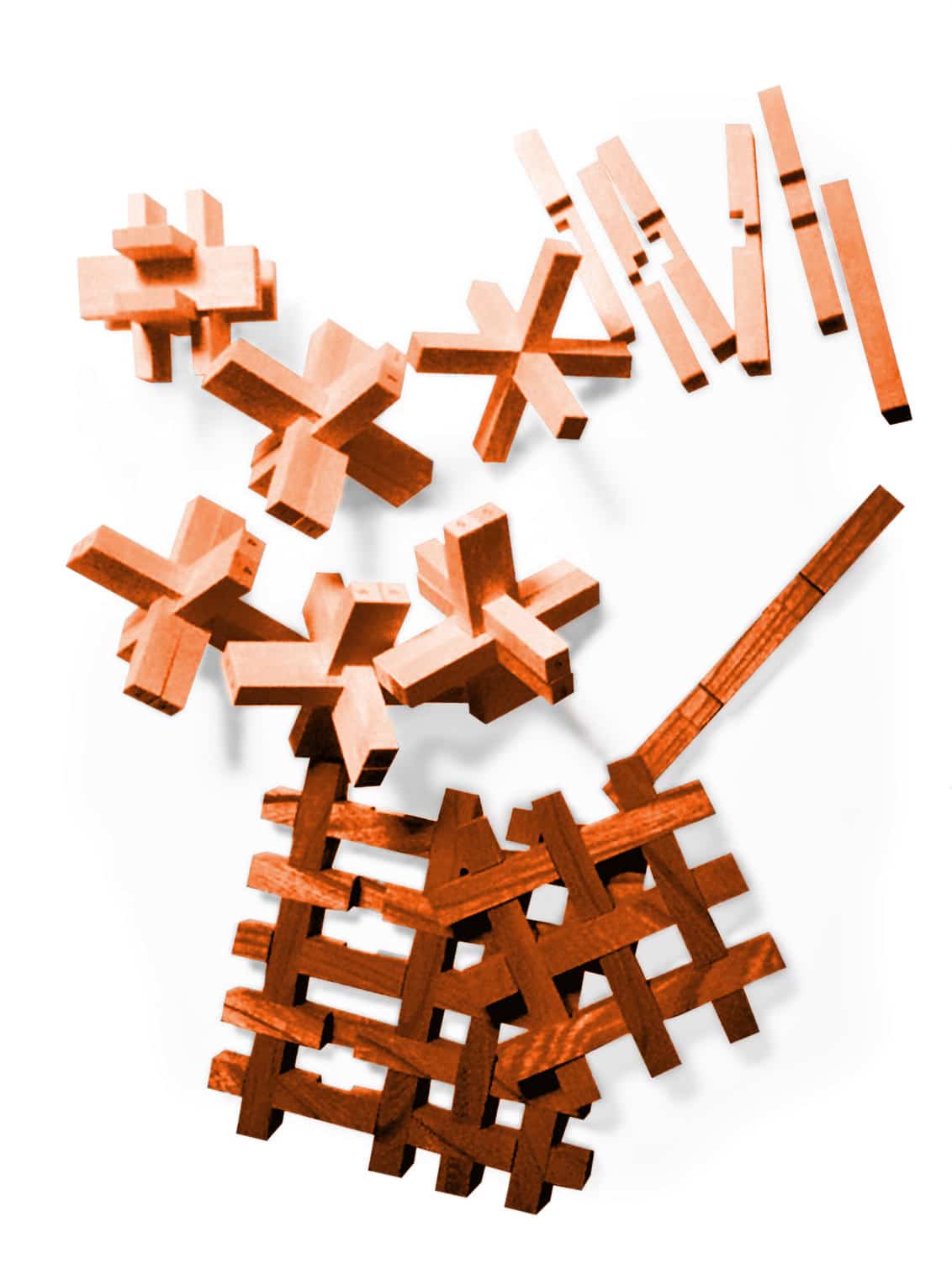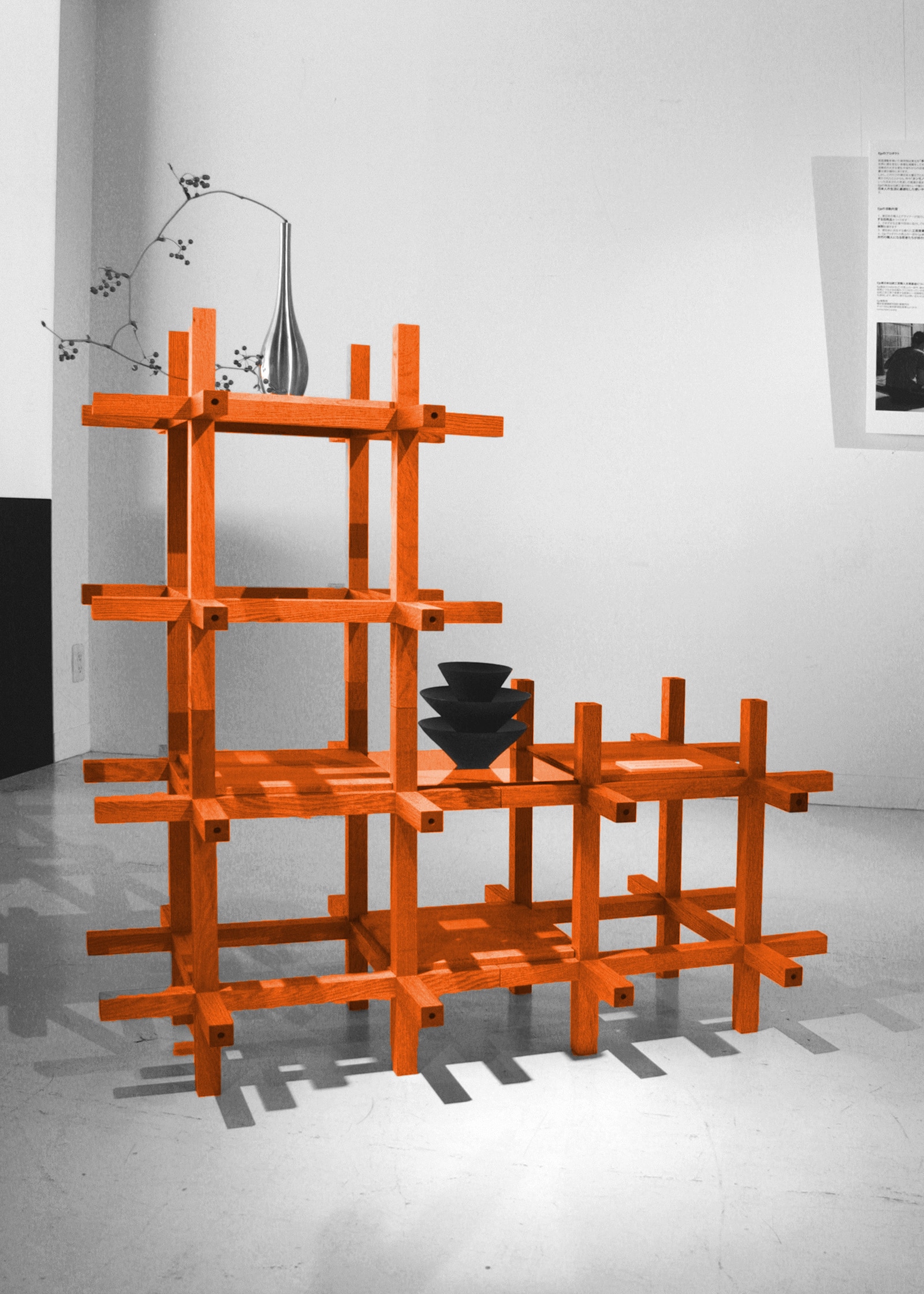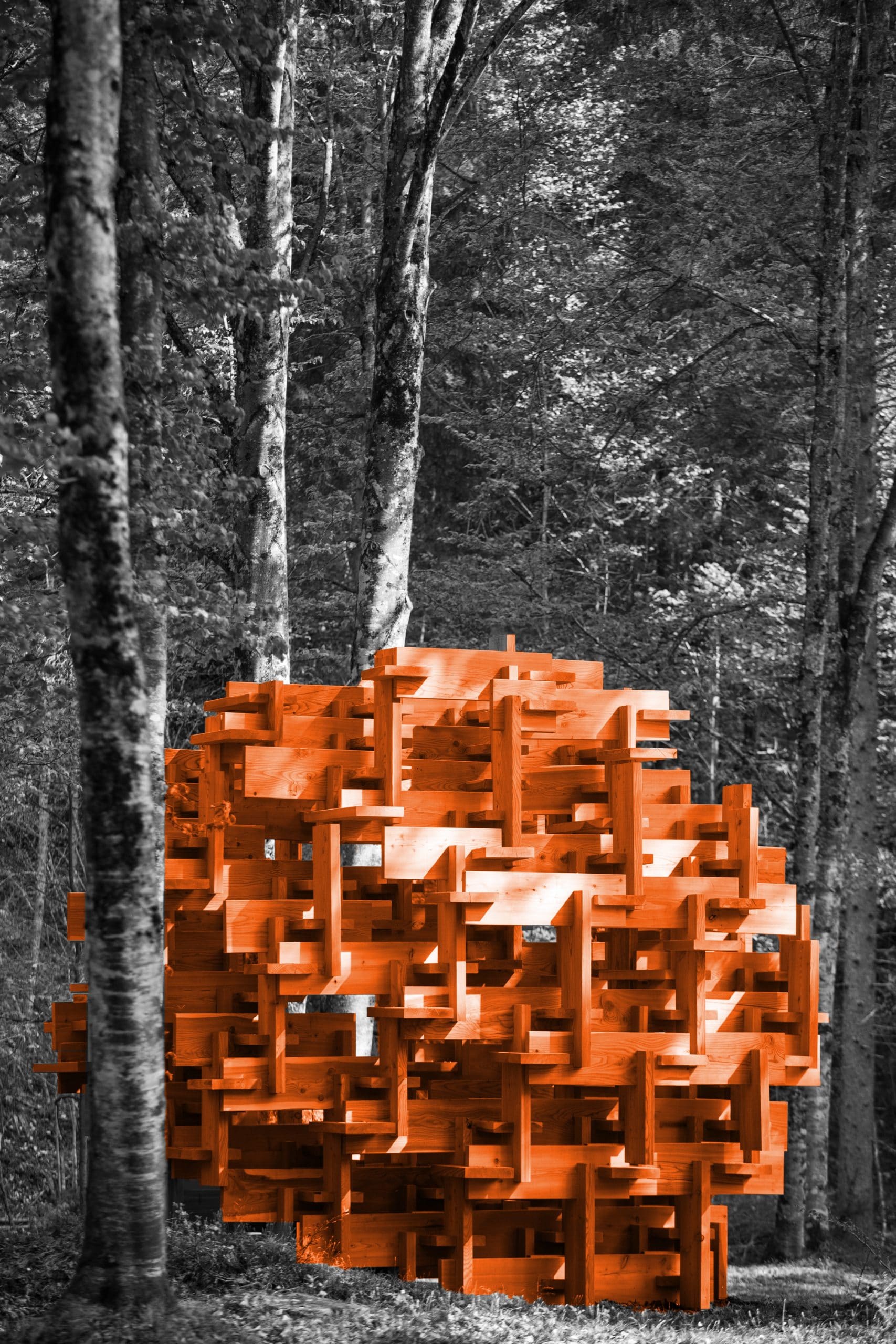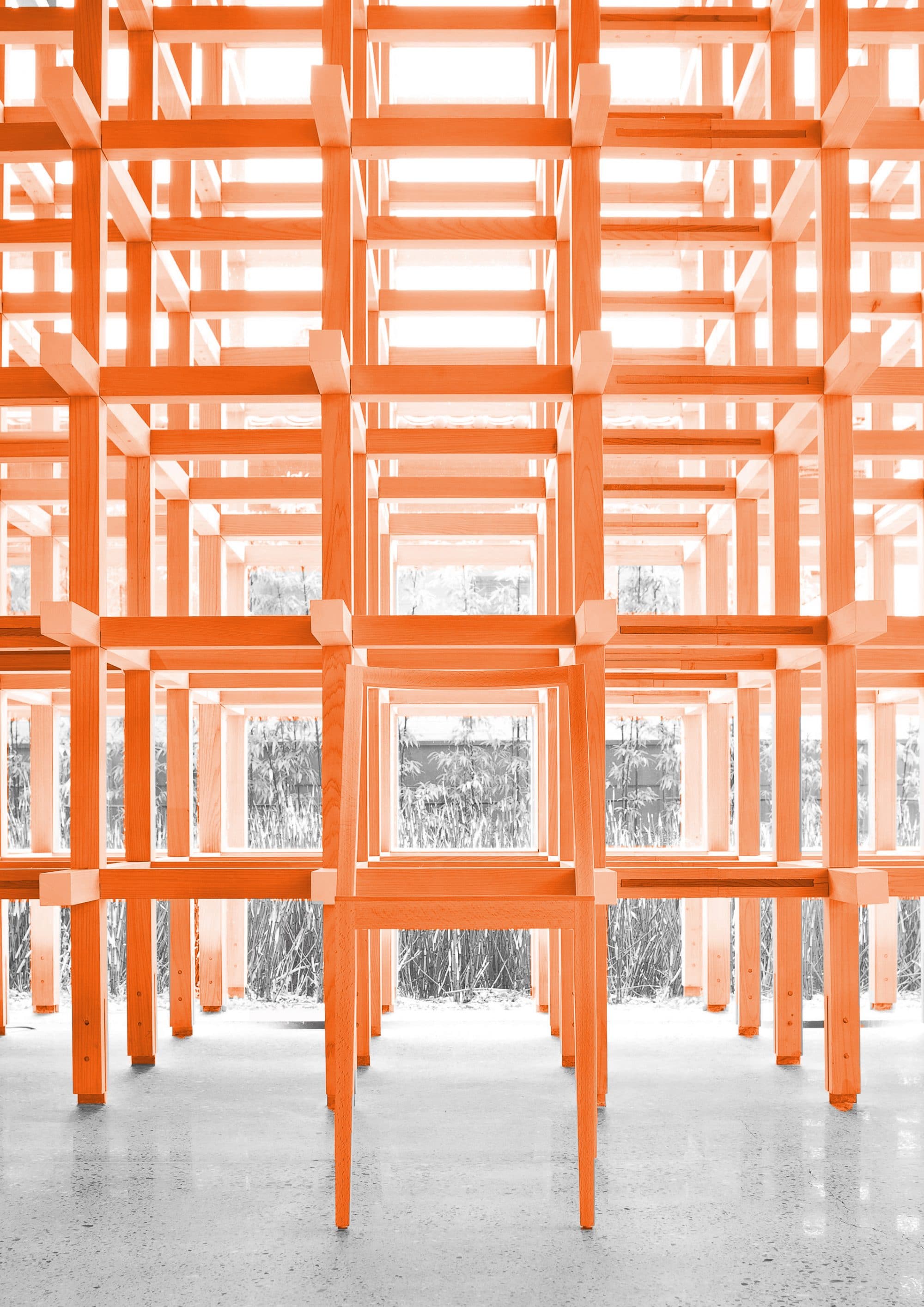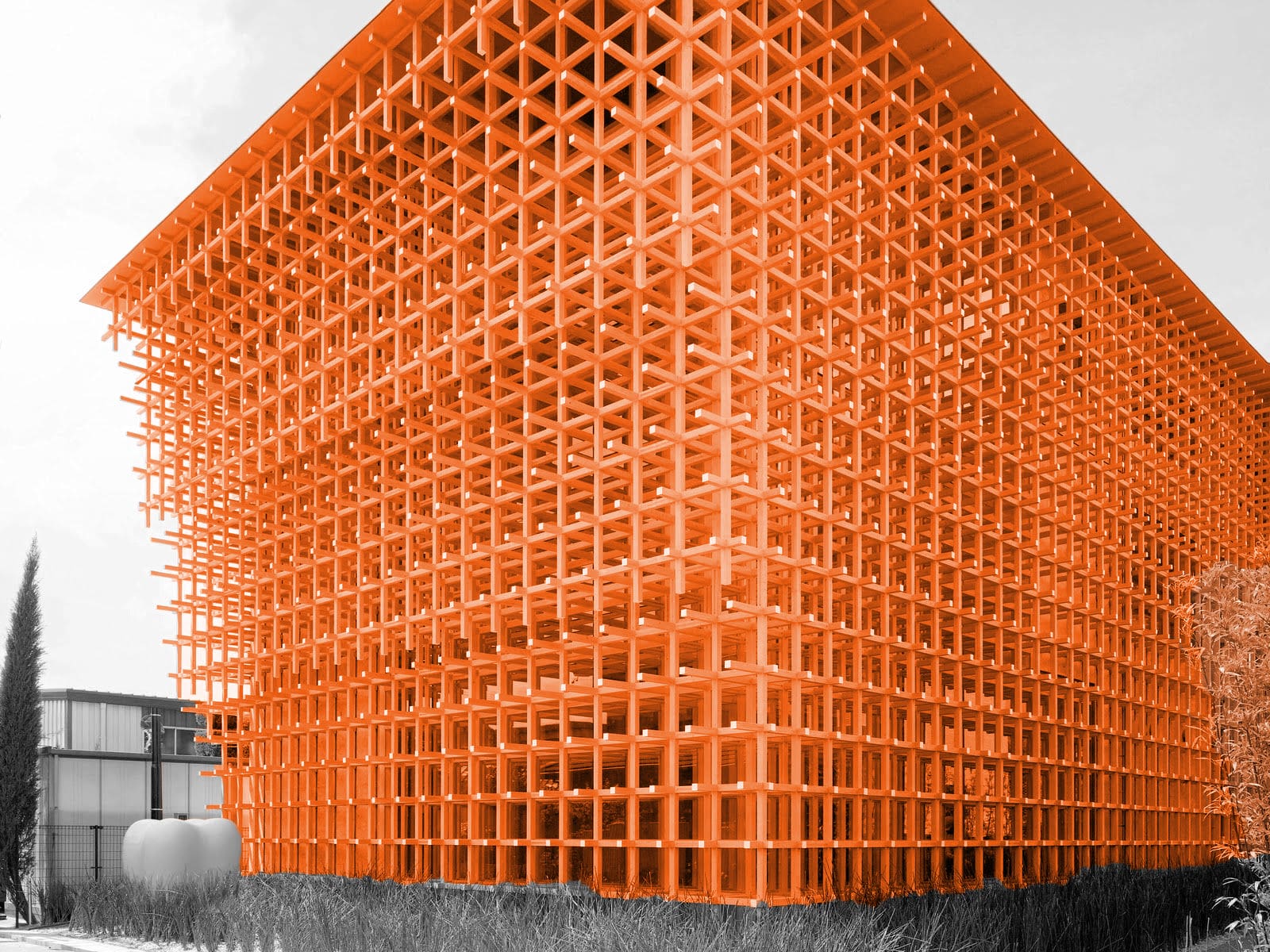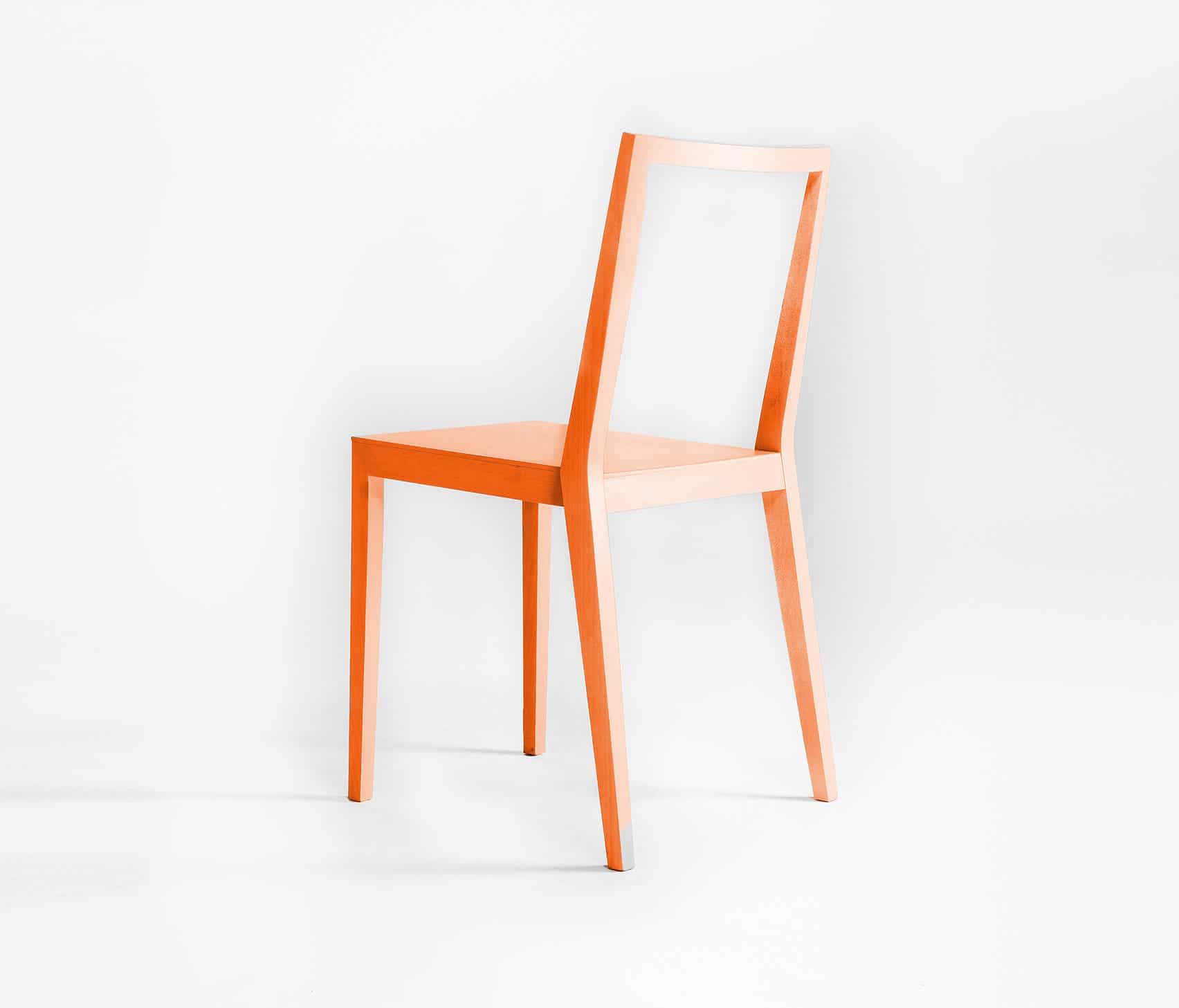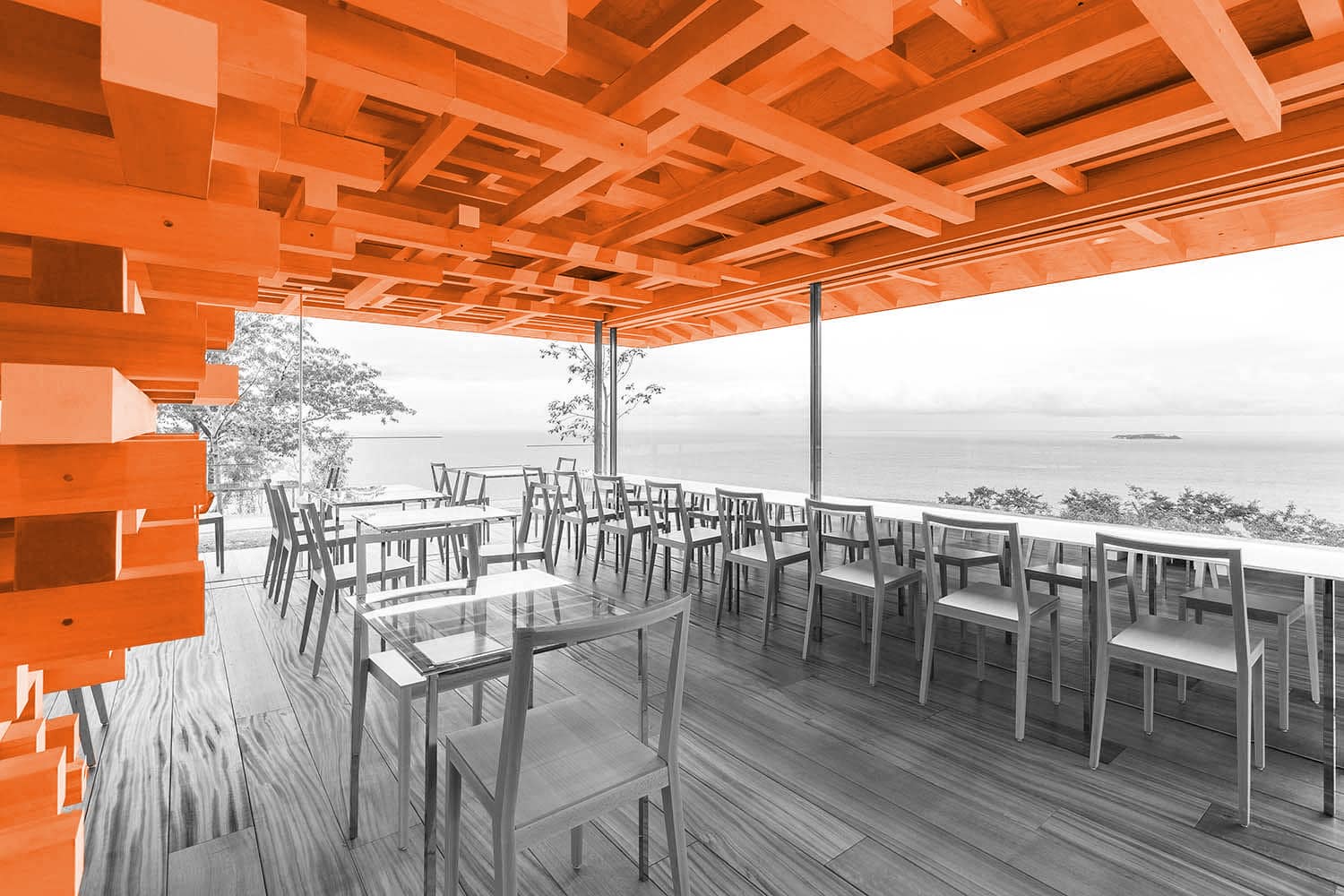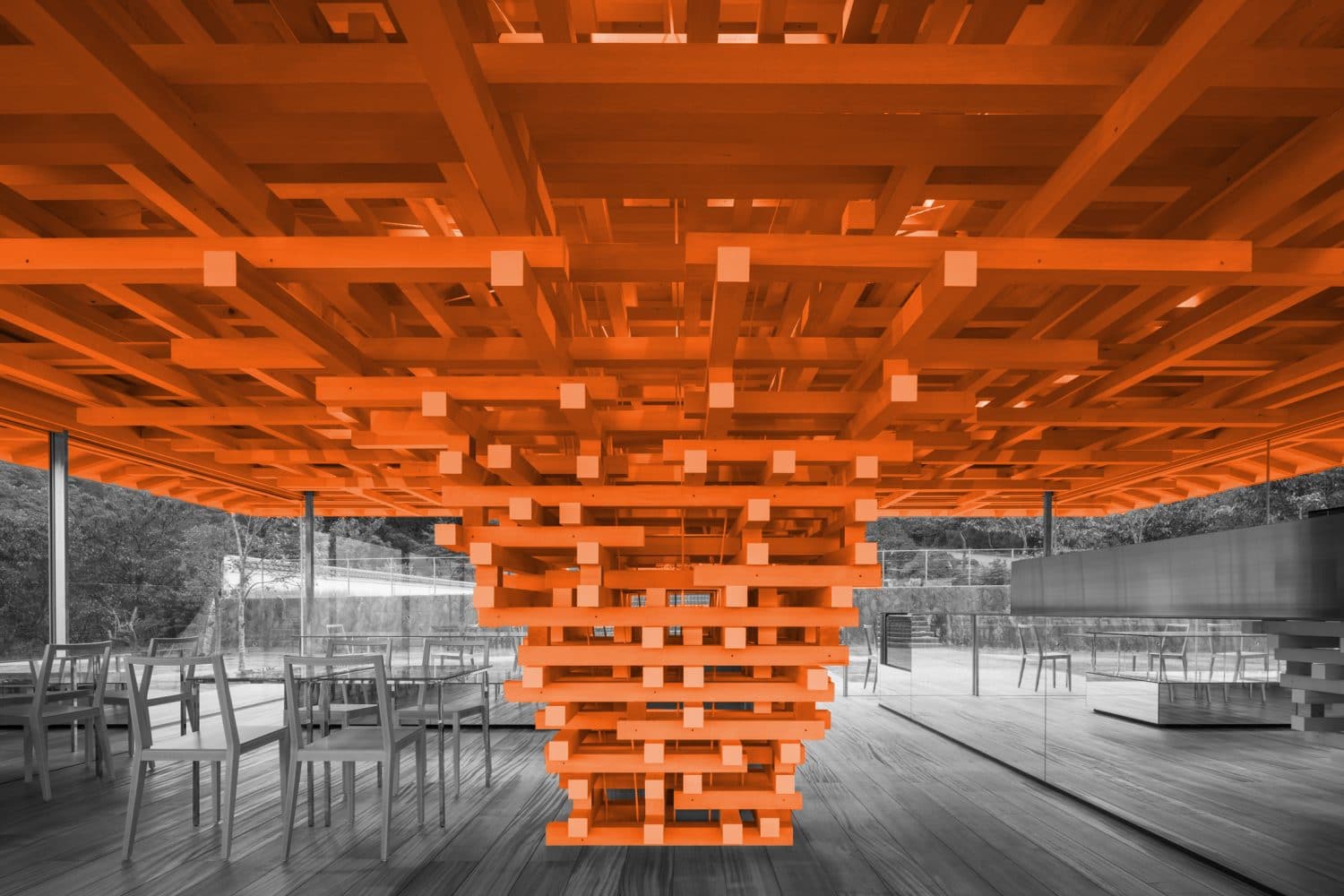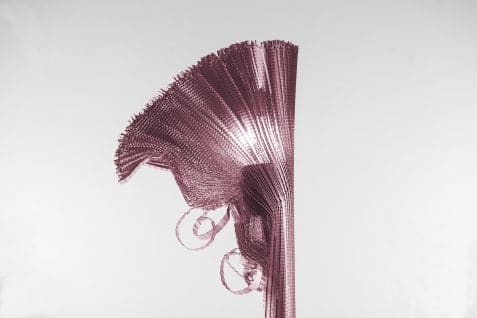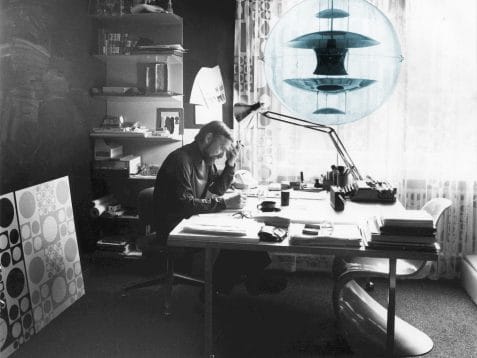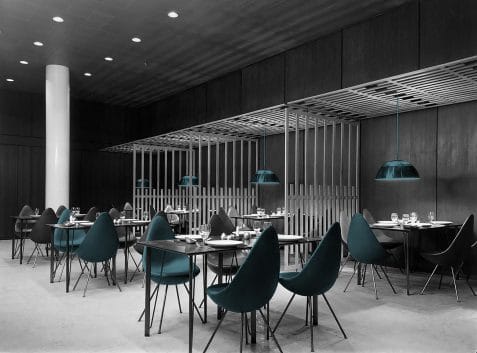INTERIOR
Ethereal Construction #Kengo Kuma
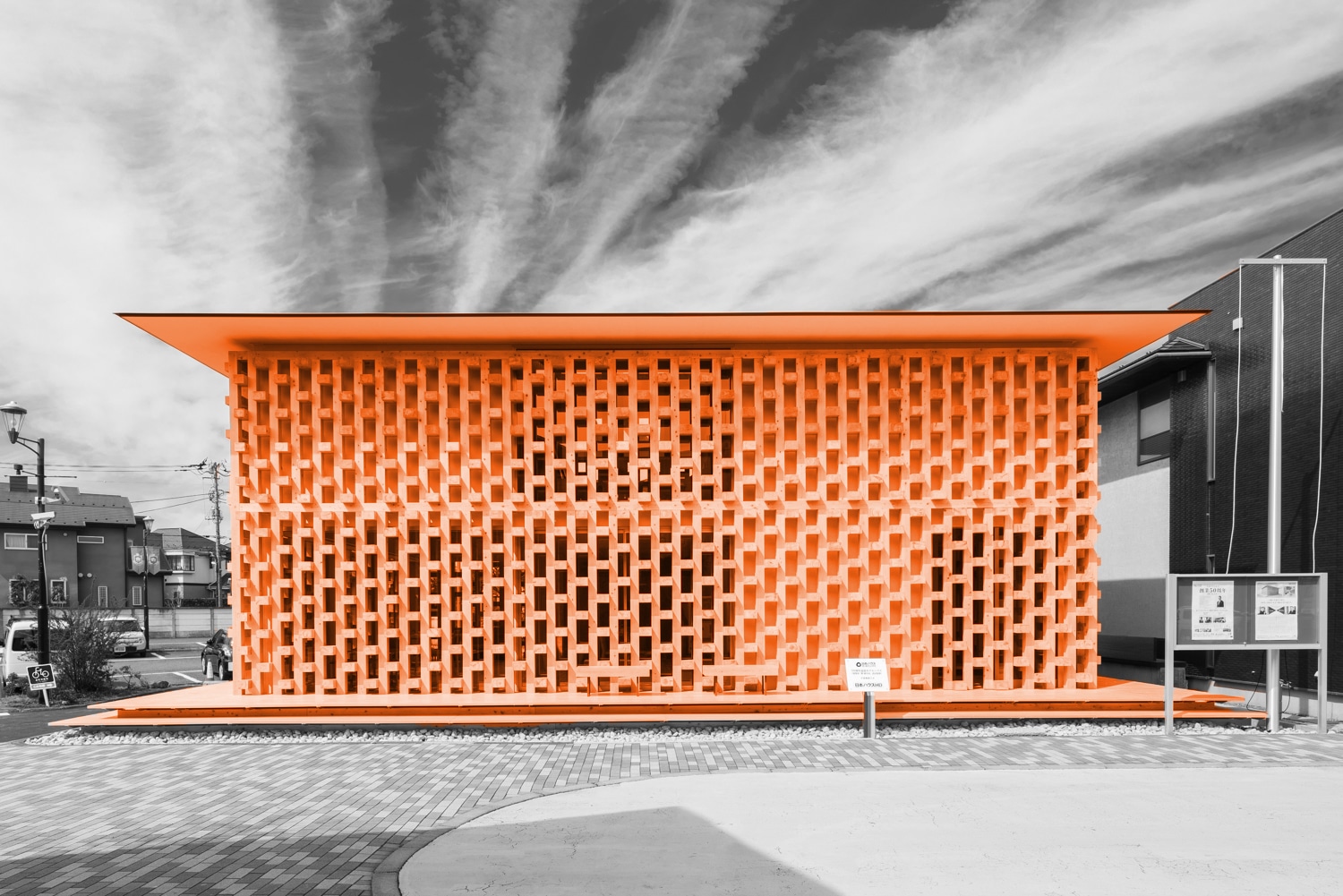
The Japanese architect Kengo Kuma, author of the New National Stadium for the Tokyo Olympic Games, draws on the tradition of Japanese architecture in his work. Kuma uses the tradition’s compositional systems and refined details, but he does not hesitate to combine this with the latest technologies to build an architecture that is truly contemporary.
One of the reasons this combination works is that it relies on detail. Kuma uses construction systems as a source for his architectural conception, making the specific weight of the expressiveness of his architecture depend on these intricate features. Thus, his work can encompass ranging scales based on the same foundational concept.
Even minimal projects contain ideas that can be transferred to larger works in a process of mutual enrichmentKengo Kuma, 2019.
Chidori is a type of joint without nails or adhesives traditionally used in the city of Hida Takayama to build wooden toys. Kuma collaborated with artisans in the region to develop the Chidori furniture system, a modular system for building tables or shelves of different dimensions without screws or tools. Kuma used the same system at the GC Prostho Museum in Kaugai. A three-dimensional lattice of cubic cells spreads in all directions to occupy the entire museum. Outside, the grid separates from the ground and supports the roof. The interior space is carved within the grid as if it were a cave. Kuma also designed the GC chairs, which use the same type of joint, for this museum.
Three-dimensional wooden structures are a characteristic element of Kuma’s architecture. Small-scale prototypes for ephemeral installations such as the Kodama pavilion in Ischia allow Kuma to test construction systems that he then uses in larger-scale projects. In these wooden structures, Kuma balances between creativity and tradition and achieves paradoxically ethereal, immaterial architectures.
